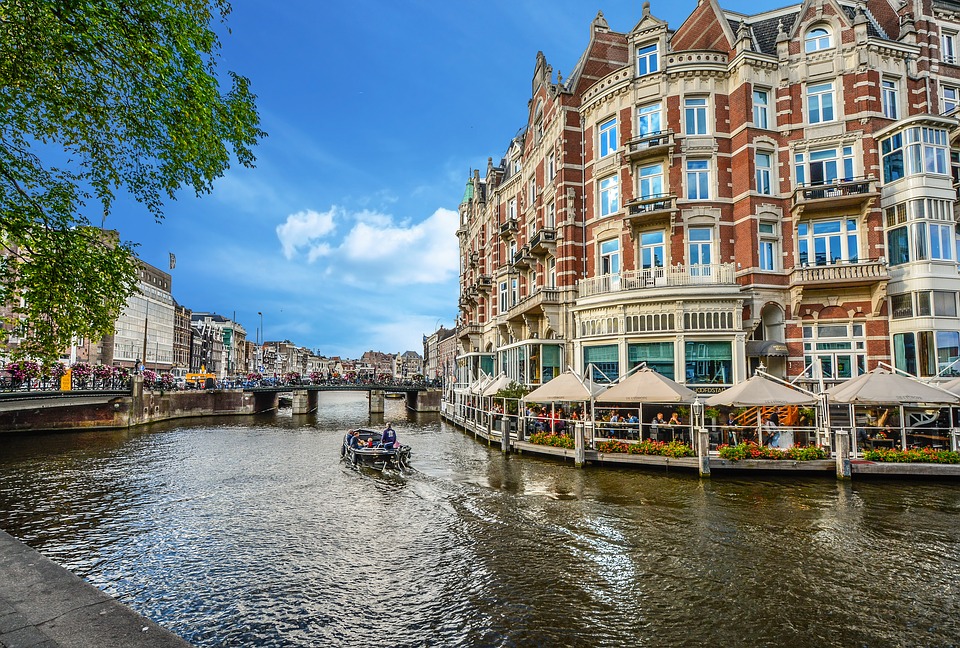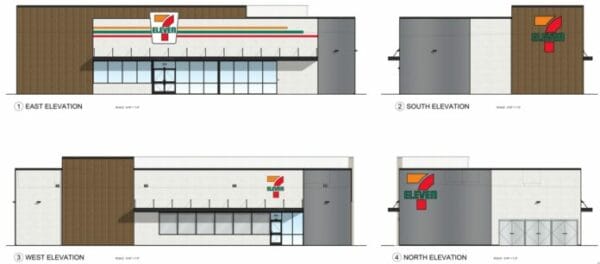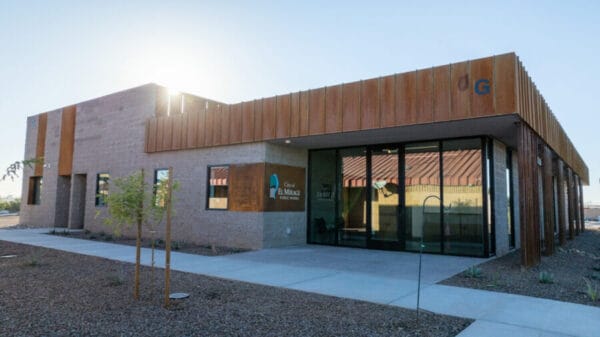
By John Wake | Forbes
From 1604 to 1810, Amsterdam had three real estate bubbles. House prices doubled or tripled and then fell back to their initial values. Each bubble lasted decades.
Recent research looked at possible explanations for these Amsterdam bubbles, including economic fundamentals like wages and rents, but found the top factors were; 1) An initial shift toward investing in real estate (caused by outside forces) which increased house prices, and the higher prices triggered, 2) Additional purchases justified by those past house price increases which in turn caused additional price increases, and so on until house prices were completely out of whack.
I covered the first effect in a recent post on Forbes.com. Here, we’ll discuss the second effect — self-reinforcing upward house price momentum — and we’ll end with a fascinating similarity between modern housing markets and the housing market in Amsterdam 200-300 years ago.











